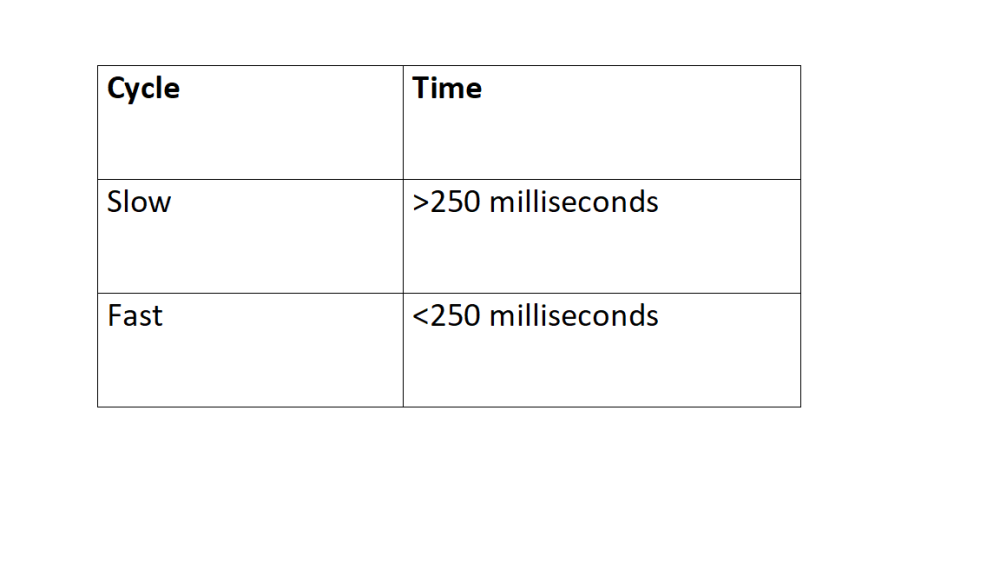Today we continue our series on Strength and Conditioning (S&C). This series started out as a standalone piece written by senior tutor Nick Parke, however we quickly realized that the topic has far too many nuances to fit in a single article - and so, the series was born.
Rate of force development (RFD) is a key factor in determining performance. Simply put, it is the ability to produce force in a short period of time. RFD has important consequences as it determines the explosive power of an athlete, and the ability to produce a large amount of force in a short period of time correlates strongly with numerous sport performance measures including sprinting, jumping, and lifting weights.

